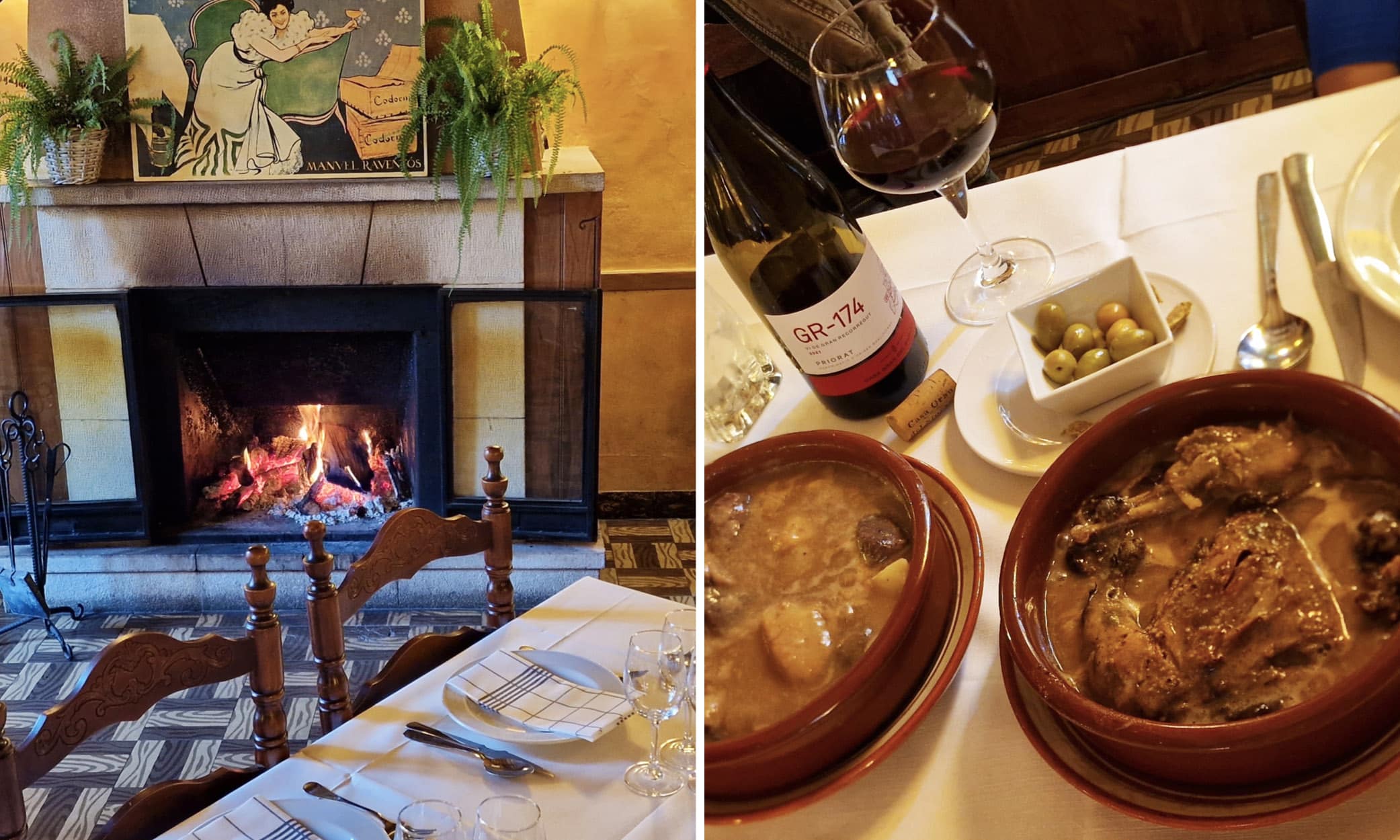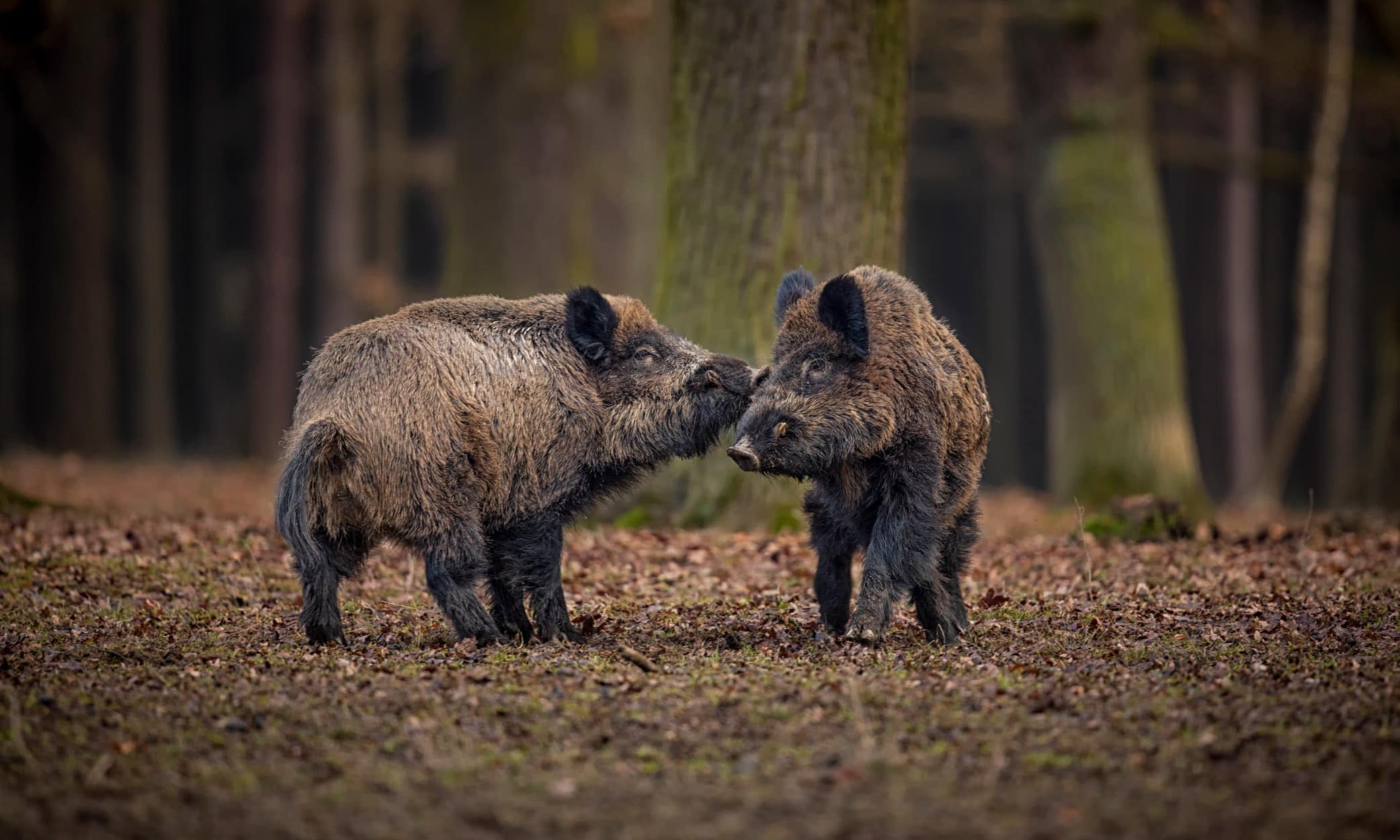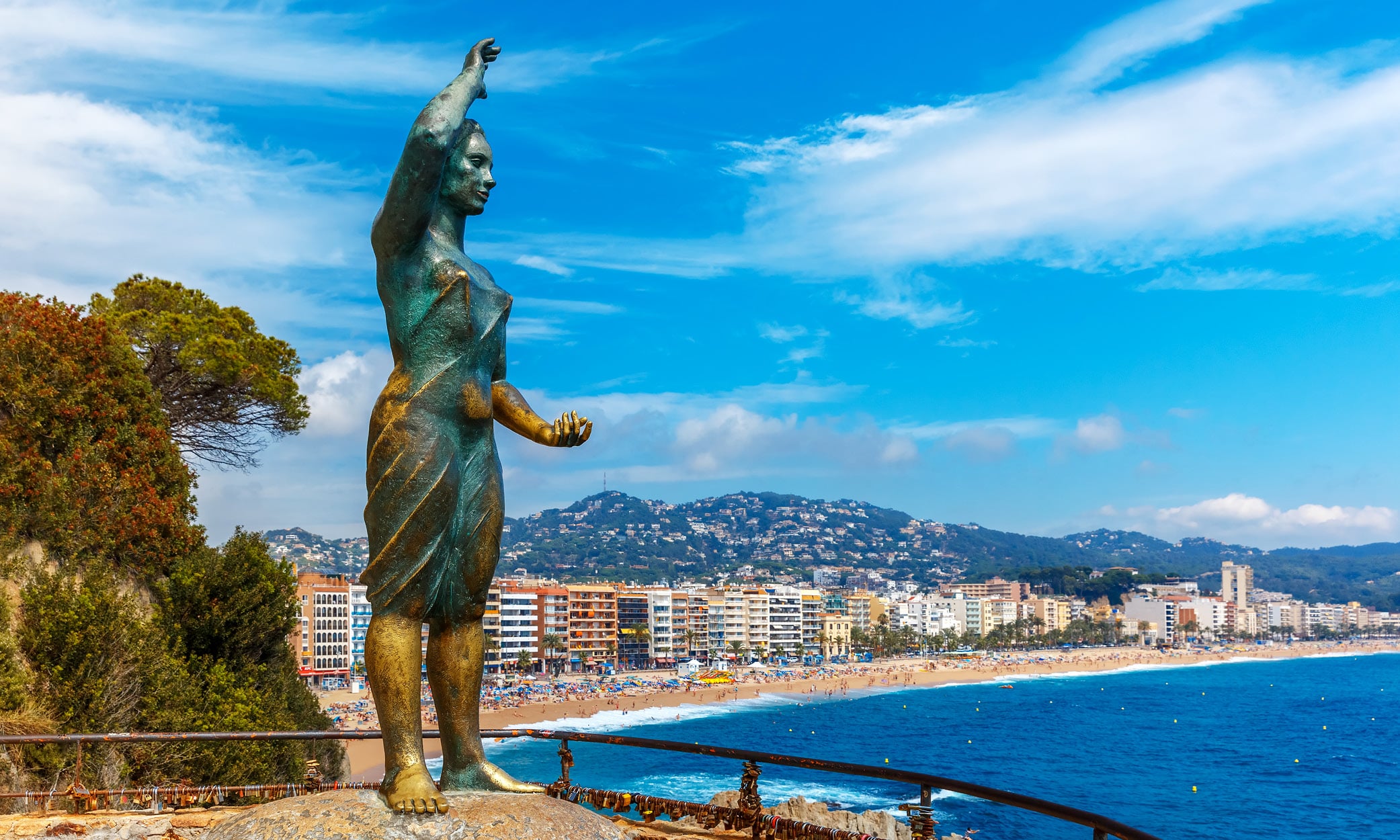
As the nature lovers amongst you will know we are blessed in the Province of Girona with some beautiful nature walks and cycling trails. One such walk that begins and ends in the village of Mont-ras is (unofficially) known by some locals as the “Boar Walk”. No prizes for guessing why!
European wild boar
If you have never seen a wild boar, you may be surprised to learn just how extensive their range is, covering virtually all of Europe, most of Asia, and parts of North Africa. The wild boar on the Iberian peninsula come under the Central European Boar subspecies and have been around since ancient times. The boar features prominently in old Germanic folklore and even more so in an ancient Celtic culture where the boar was a sacred animal. It was considered a “noble” animal to hunt, and its meat was highly prized. Most of the heroes in ancient Greek mythology also fight and kill (or are killed by) a wild boar at some point.
Out of control!
In Girona Province these days, boars are often considered more of a pest than anything else, particularly by farmers, and especially so as their numbers have been on the rise over the last decade. About a century ago, wild boar weren’t too far away from possible extinction in this region, and while that didn’t happen, around 2010 or so their numbers in Catalunya were only somewhere around the 100,000 mark and they were not considered a problem. With the absence from this part of Spain of its main predator, the grey wolf, wild boar are now estimated to have soared to about 250,000 in Catalunya, with over 150,000 in Girona Province alone.
The population explosion has been exacerbated by the fact that native wild boar have interbred with even more fertile Vietnamese pot-bellied pigs, originally kept as “pets” by some rather short-sighted (can we say, “downright stupid”?) humans who released them into the wild when the pig grew too big! This caused litter sizes to increase from typically 2-5 to more like 5-8, and with ever-improving farming methods producing greater crop yields, this meant more food for boar too.
They are an extremely adaptable animal and, at this stage, considered such a nuisance that the Catalan government has invested over €10m to try and tackle their population by reducing their access to crops as well as food in urban areas. Extra permits are being issued to hunters, too, in an effort to control their population, so far in vain, so much so that farmers have requested permission to shoot wild boar (and roe deer) at night when hunters are not active in order to protect their fields and crops from the serious damage these animals cause.
As well as the increasing population of boar that hunting can no longer keep in check, another issue is that wild boar no longer seem to have any fear at all of either humans or their hunting dogs, and if confronted they tend to be more aggressive rather than running away. Hunters are thus losing more and more of their best dogs every year, either killed or badly injured.
The govt. says to eat more boar!
Although the hunting season might not be a favourite time of year for the boars, it can be good news for meat lovers! The hunting season for wild boar and other larger game, (caça major) runs from September until February or March, so if you’re after some sangler meat, that’s the best time. (Wild boar in Catalan is sangler, similar to the French, sanglier, but in Spanish it’s javalí.) Some of the hunted boar are sent to bacon butchers who sell their meat throughout Catalunya, but hunters often give them to restaurants around the area where the hunt took place.
About a decade ago, the number of hunting licenses in Catalunya numbered just a little under 70,000. Nowadays, the figure is less than half of that, prompting the Catalan Generalitat to begin paying hunters €22-25 for each boar killed in 2021. This measure may have helped somewhat, but the drought conditions in Girona from around the same period until 2024 did have one positive outcome in that the population of wild boar did eventually reduce by somewhere between 20-40% in the years 2022-24, as food in the forests became scarcer for the boar impacting on their ability to reproduce, as attested to by the increase numbers of sightings of the animals foraging in built-up areas.
The Catalan government is also trying to promote the consumption of boar meat, stating that of the 70,000 boars hunted in 2022, about half were distributed for consumption, of which less than a tenth was eaten in Catalunya. “There are no companies that use this meat because there is no tradition, there is no demand”, said one official for forest ecosystems, but adding that they hoped that in “two years burgers, sausages, pâtés and fillets of wild boar or deer will be widely available”.
Although boar is not as commonly found on menus in restaurants as it is across the border in France or in Belgium or Germany, for example, one place where you can sample authentic wild boar stew is Restaurant Ibéric in Ullastret, just north of the town of La Bisbal d’Empordà – although check the menu in advance as it’s not necessarily on every day. Family-run Restaurant Bonay in Peratallada also has wild boar on their special hunting menu that is available during la temporada de caça – hunting season. The menu runs from mid-October to March.
If you happen to be in the right place at the right time, namely in Cruïlles in early March, check out the annual Senglanada, a gastronomic event where you can discover all the different ways in which boar meat can be cooked. The program includes a wide variety of recipes made with wild boar, from the most classic dishes to more innovative proposals such as croquettes, meatballs, sausages, and dishes inspired by Italian cuisine, such as pappardelle with wild boar ragu. Before the main feast, there’s wine tasting followed by vermut accompanied by live music.
The event was born in 2011 as a simple communal village lunch and has grown over the years, but be sure to bring cash with you as it’s still organized by the village locals and remains very small-scale, and paying by card isn’t an option.

Boar season
If you enjoy your nature hikes, it is worth bearing in mind the rutting, or mating, season for boars happens between the months of November and January, so if you do come across any boar on your hike, or even hear loud rustling in the undergrowth, you’d be well advised not to approach but rather steer well clear. Although, like most animals with any sense, boars will usually avoid us nasty humans, the males do become more aggressive during the rut and may attack. While this is quite rare, there is no point in taking any chances with those potentially lethal tusks.
An adult male can weigh up to 100kg, be 80cm high at the shoulder, and measure up to 150cm in length. They can be particularly dangerous to your dog, too. Even in areas of the country where there are wolves, they leave these guys well enough alone and mostly only hunt younger and smaller boars. Really, it’s probably best to just let them be to enjoy their mating!
When the rutting season is over, the male boar go back to living solitary lives, and come springtime, you are more likely to come across groups of female boar with their piglets, especially at dawn and dusk. Although they are not as large as the males, the instinct to defend their young can potentially make the females aggressive, so, once again, they’re best avoided and left alone.
By the way, if you do happen to be out wandering the forests in the month of November, don’t forget that as well as the rutting season for boars, it’s also mushroom hunting season! Now we’re getting hungry just thinking about wild boar stew with bolets!
Garden damage
Boars have a beneficial ecological role in woodlands as they root up and overturn earth in search of worms and grubs, thus creating ideal conditions for seeds and insects and so attracting birds, and so on up the food chain. Farmers, however, are no fans of wild boar as they often eat or harm crops as they bludgeon their way through vegetation – not being the most delicate of Nature’s creatures! They are not always unwelcome in olive groves though, as their foraging can in fact prove beneficial to the oliveras.
As well as farmers, gardeners with vegetable patches or fruit trees may also experience boar intrusion. As we continue to build houses on formerly rural land, we are encroaching on the natural habitat of the sangler, and such “intrusions” become more and more inevitable.
Boar are extremely adaptable to all sorts of environments and will eat almost anything, so, unlike other animals whose numbers dwindle as humans destroy their natural environment, wild boar are actually increasing in number. The easy availability of food in peri-urban areas attracts them, and they quickly lose any fear they may have had of humans. Needless to say, if your garden has suffered any boar-related damage, feel free to callCarlos and they’ll be happy to assist in any way we can.

Traffic accidents
As if the wild boar weren’t making enough of a nuisance of themselves already in gardens and farmers’ fields, they have also been involved in over 80% of traffic accidents in Catalunya in recent times. In the province of Girona especially, the number of accidents caused by animals, mostly wild boar, have increased by almost 25% over the last five years or so. So, take extra care on the road, especially in more wooded areas where they are more likely to roam. A fully-grown 100kg male wild boar can do quite a lot of damage to just about any type of vehicle!
So, in the interests of road safety, get yourself to your nearest restaurant with wild boar on the menu and eat as much as you can – and bring hungry friends too!








